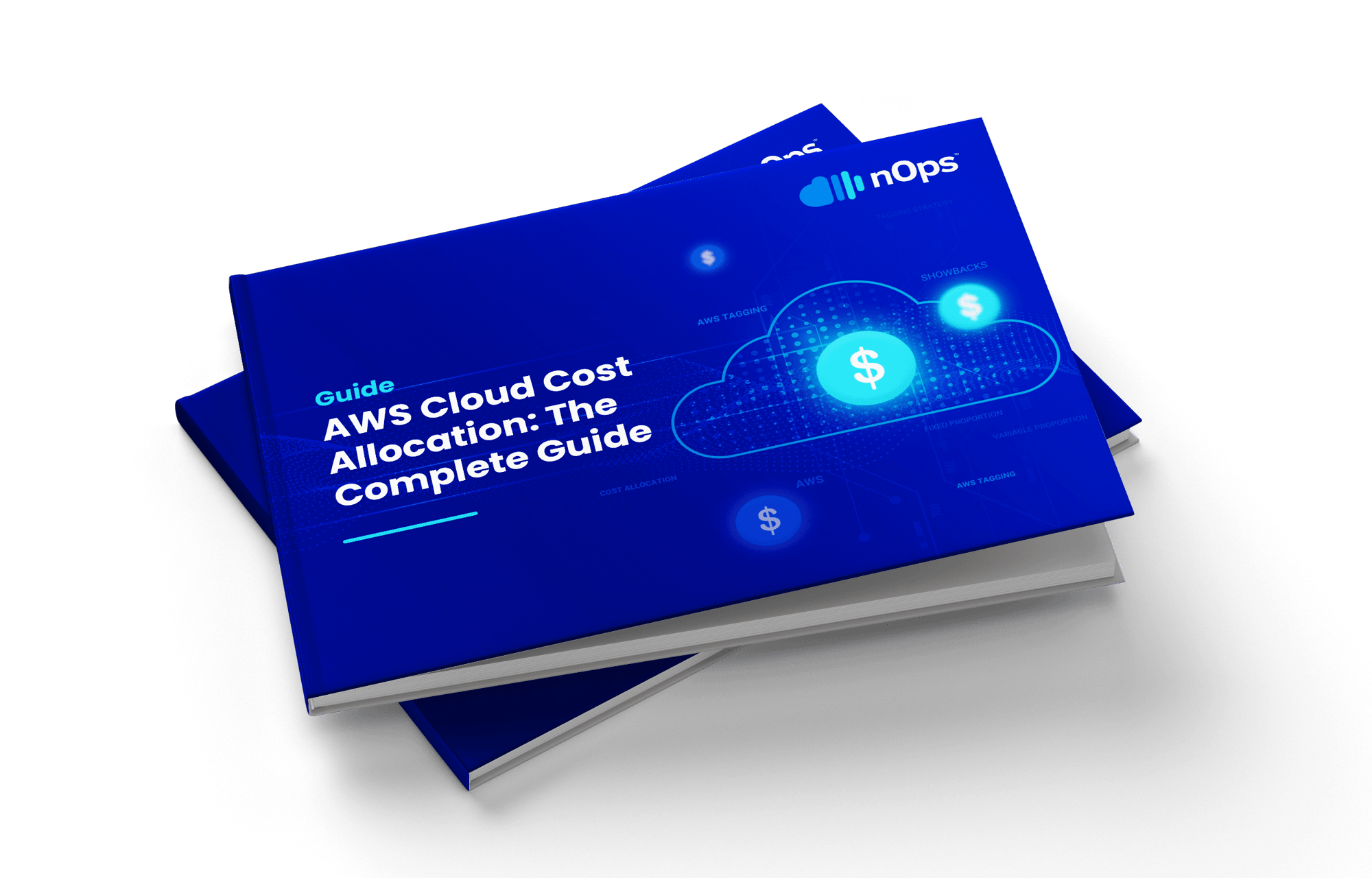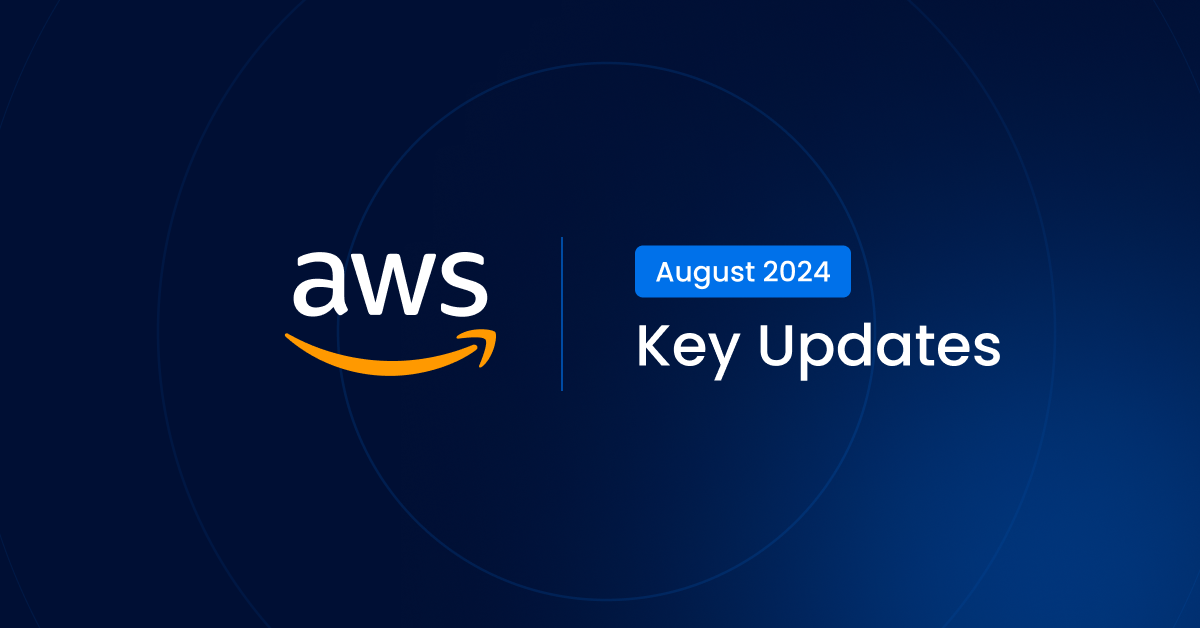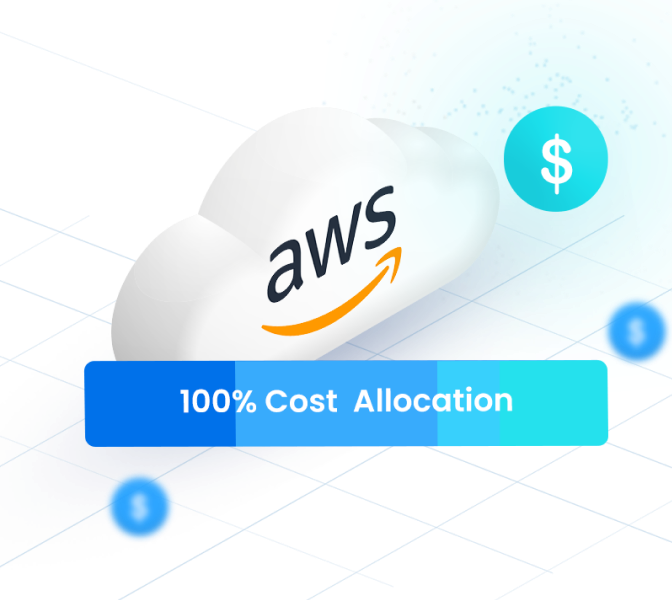With dozens of announcements and blogs published each week, it can be challenging to sift through and understand the most impactful updates in the world of AWS.
That’s why we developed this monthly series highlighting the most notable recent AWS news and thought leadership, curated by the nOps engineering team.
Find out what’s new, what’s hot, and what’s going to save you money on your AWS bill.
August 2024: The latest in Cost Optimization
Karpenter 1.0: General Availability is Now Here!
Karpenter adoption has skyrocketed as the technology has proven itself to be the most advanced node scheduling technology for EKS available.
And now with Karpenter’s General Availability (GA), the technology has reached a level of maturity that many organizations have been waiting for, even as others have already been running it successfully in production.
Here at nOps, we love Karpenter — check out the biggest changes we’re excited about in the GA release.
The Ultimate Guide to Karpenter
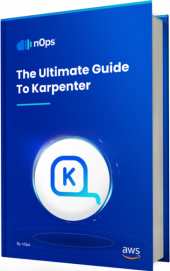
Kubernetes 1.31: Hi Elli!! (10 years of k8s)

Kubernetes v1.31 is the first release after the project celebrated its first 10 years, and it comes with a host of new alpha, beta and stable features. In particular, K8s is becoming more cloud-neutral, with cloud provider-specific code being removed from the repository.
Kubernetes has come a long way since its inception back in 2014 and more teams are adopted it every day. Here’s to the next decade of Kubernetes!
S3 no longer charges for several HTTP error codes
If you recall back in May 2024, AWS announced that unauthorized requests that customers did not initiate would become free of charge.
This came after a customer complained about massive charges for attempted access they had no control over. The change is now complete over all S3 buckets in all regions.
Amazon EC2 C7i-flex instances are now available in US East (N. Virginia) Region
AWS Lambda now supports function-level configuration for recursive loop detection
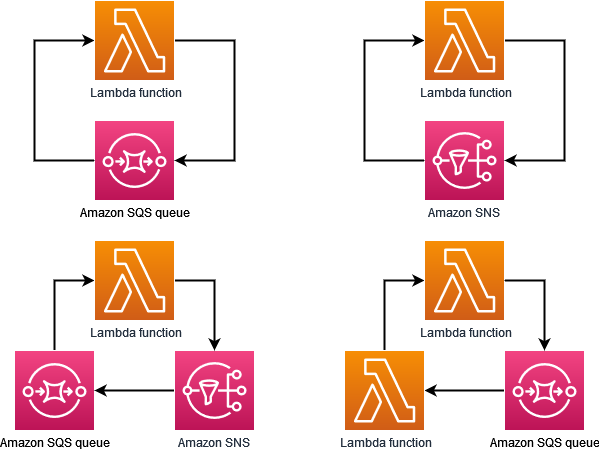
Reducing long-term logging expenses by 4,800% with OpenSearch
Over the last year, OpenSearch Service has released features that have opened up new possibilities for storing your log data in various tiers, enabling you to trade off data latency, durability, and availability.
In case you haven’t caught up on these features, choosing the right deployment can save you a lot. This post works through various real-world scenarios through a fictional company “Fizziwig”.
OR1 is gamechanging for performance and cost
CloudFormation simplifies resource discovery and template review in the IaC Generator
AWS announces support for Cost Allocation Tags on AWS Transit Gateway
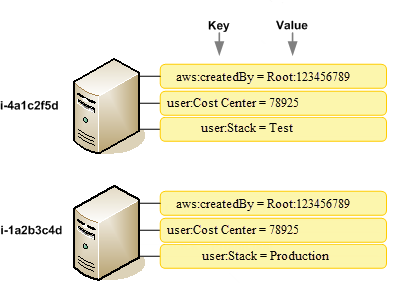
AWS Batch adds support for cancelling queued jobs
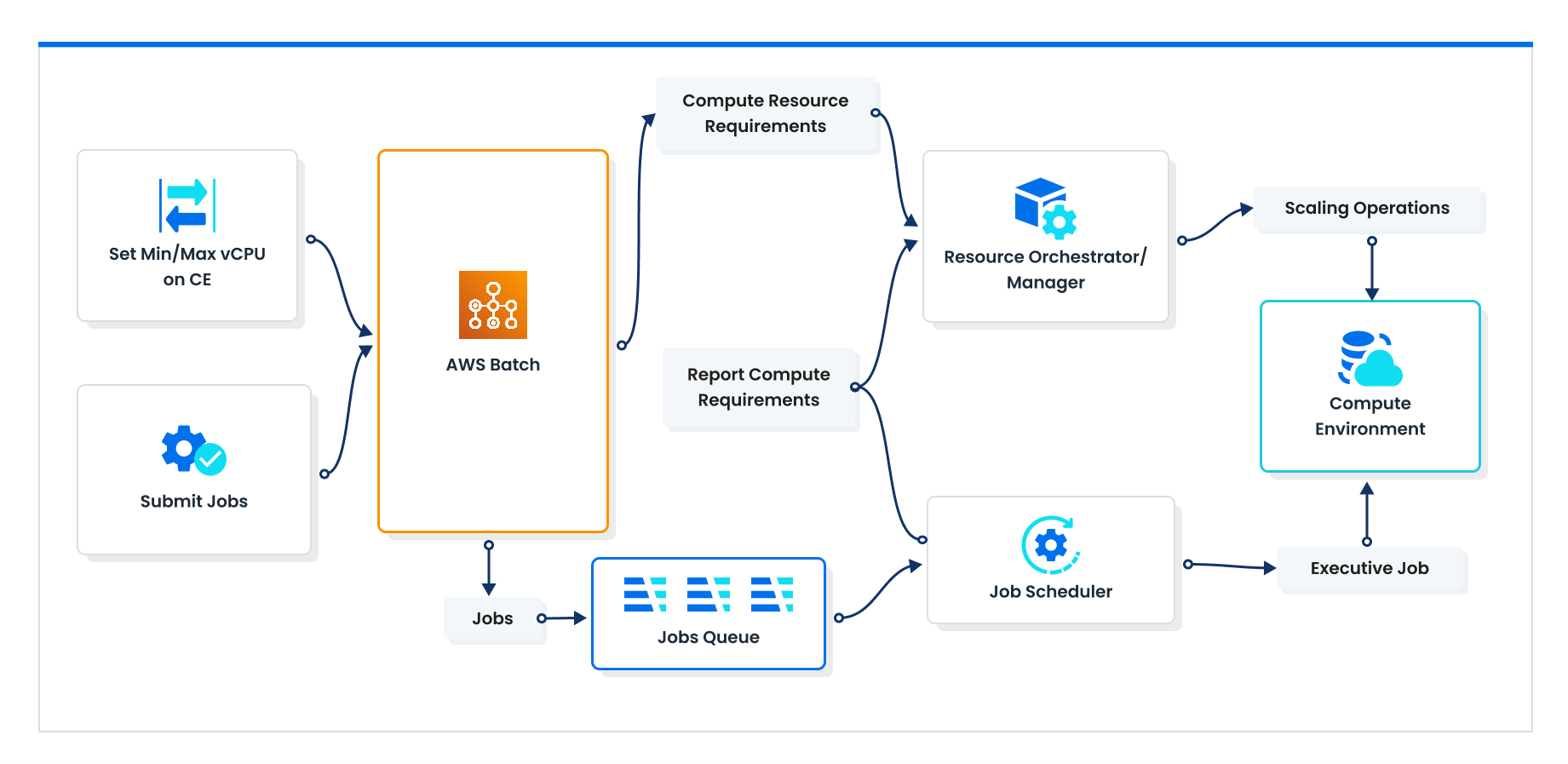
New Amazon CloudWatch dimensions for Amazon EC2 On Demand Capacity Reservations
Amazon EC2 status checks now support reachability health of attached EBS volumes
GenAI news & blogs in August
New AI and ML Certifications
Amazon has released two new certification betas: AWS Certified AI Practitioner and AWS Certified Machine Learning Engineer – Associate. The first is geared more towards nontechnical professionals (business, marketing, sales…) and the other is a a role-based, technical certification.
While the certification is in beta, you’ll receive a discount on the exam — so consider checking it out early.
Amazon CloudWatch Application Signals now supports Amazon Bedrock
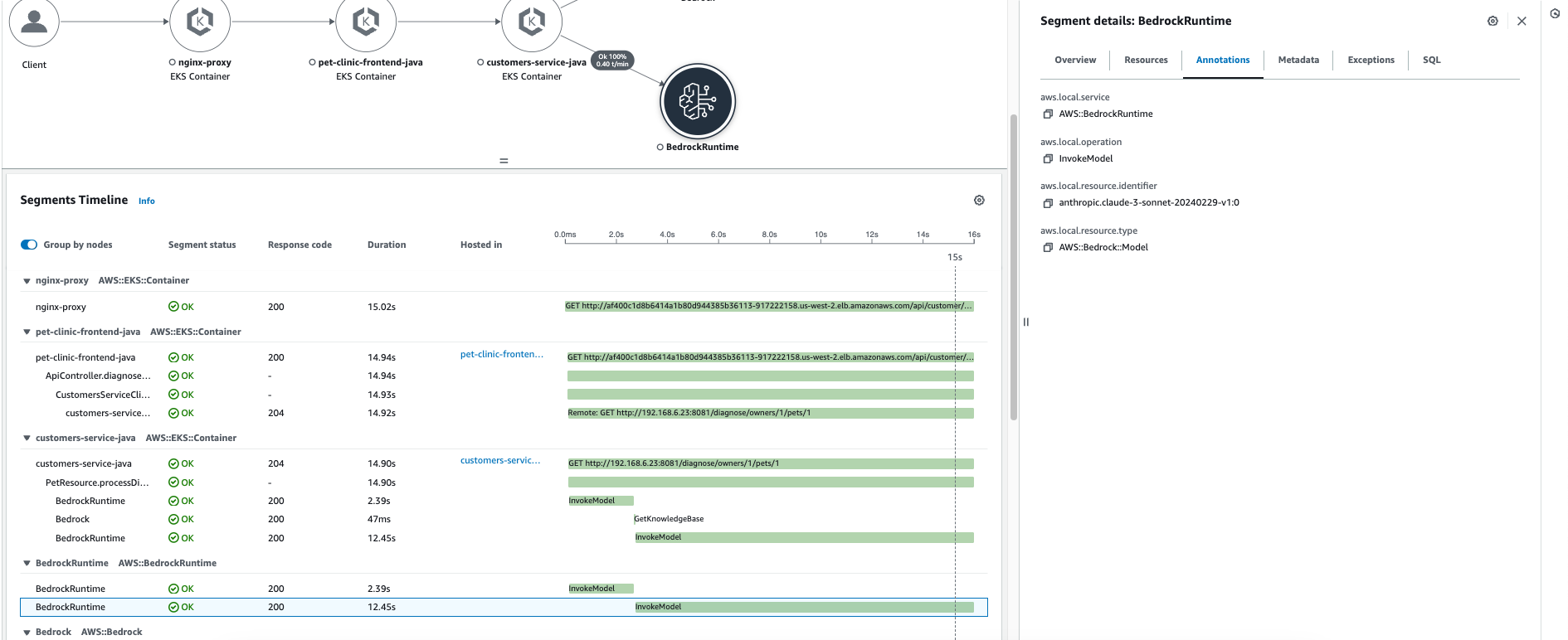
Announcing Amazon S3 Express One Zone storage class support on Amazon EMR
Amazon S3 Express One Zone accelerates data movement between Amazon EMR and S3, delivering single-digit millisecond access for latency-sensitive workloads for better job execution times and performance.
Now, it is supported across all EMR deployment models (EMR on EC2, EMR on EKS, and EMR Serverless, for Spark, Trino, Flink, Hive and HBase workloads).
A qualitative approach to Evaluating Large Language Models for Responsible Gen AI on AWS
With the steady stream of models released day after day from Amazon, Anthropic, Mistral, Cohere, Meta, AI21 and more, how do you choose the right LLM?
This article lays out a solid methodology for choosing the right model to accelerate your GenAI development.
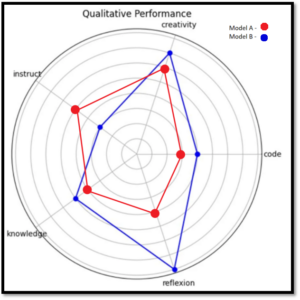
Container Highlights for August
Istio 1.23 Sidecarless Ambient Mesh
Istio 1.23 introduces a significant update with its “Ambient Mesh” architecture, marking a departure from traditional sidecar deployments in service meshes. This new approach, now deemed production-ready after extensive experimental phases, eliminates the need for individual sidecars accompanying each application within Kubernetes environments. By reducing the overhead associated with deploying and managing sidecars, the ambient mesh simplifies network operations and potentially decreases latency by streamlining how services communicate. This change will lead to reduced operational costs and improved scalability for Kubernetes deployments using Istio.
The technical implementation of the Ambient Mesh involves a zero-trust architecture that utilizes a daemonset pod, known as a ztunnel, to manage Layer 3 and Layer 4 traffic across the cluster, while Envoy-based Waypoint Proxies handle the more complex Layer 7 traffic. This structure allows a single proxy to manage significant traffic volumes across multiple pods, enhancing resource efficiency. The ambient setup also facilitates simpler and faster updates via rolling updates of daemonsets, avoiding the downtime typically associated with sidecar reassignments.
How to Run WebAssembly on Amazon EKS
About nOps
If you’re looking to save on your AWS costs, nOps makes it easy and painless for engineers to take action on cloud cost optimization.
The nOps all-in-one cloud platform features include:
- Business Contexts: Understand and allocate 100% of your AWS bill down to the container level
- Compute Copilot: Intelligent provisioner that helps you save with Spot discounts to reduce On-Demand costs by up to 90%
- Commitment management: Automatic life-cycle management of your EC2/RDS/EKS commitments with risk-free guarantee
- Storage migration: One-Click EBS volume migration
- Rightsizing: Rightsize EC2 instances and Auto Scaling Groups
- Resource Scheduling: Automatically schedule and pause idle resources
nOps was recently ranked #1 with five stars in G2’s cloud cost management category, and we optimize $1.5+ billion in cloud spend for our customers.
Join our customers using nOps to understand your cloud costs and leverage automation with complete confidence by booking a demo today!
